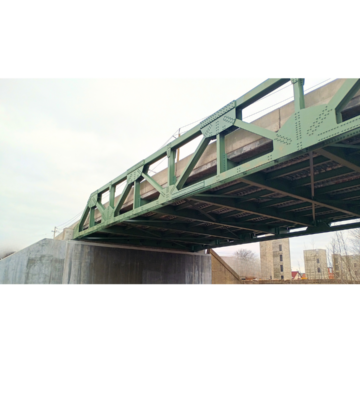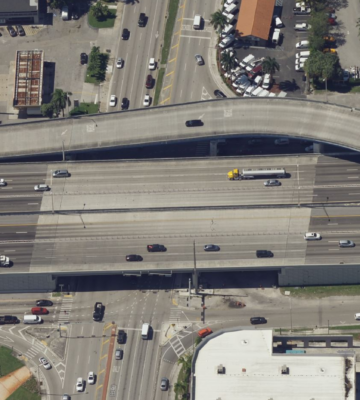H&H is responsible for the complete design of the new swing span, including structural, mechanical, electrical, and geotechnical engineering to replace the Perquimans River Bridge. The new swing span bridge is designed to be similar in appearance to the existing one to maintain the Town of Hertford’s historic context. The new span improves geometrics, load-carrying capacity, and all the conveniences of a modern operating system.
The project begins on existing US 17 Business/NC 37 near the Newby Street intersection just south of the bridge crossing. The new horizontal alignment traverses north and then west, crossing the Perquimans river at an approximate 110-foot offset east of and parallel to the existing bridge. This offset was necessary to maintain the existing swing span during the new swing span construction and avoid a turtle log near the river’s north end. Once across the river, the horizontal alignment shifts back onto the existing alignment and follows the existing roadway to just north of the NC 37 intersection. The alignment shift minimizes impacts to the historic homes on the west side of the roadway and allows a higher bridge clearance.
The structure consists of a Warren through truss supporting the lightweight concrete deck on a stringer-floorbeam floor system. The truss maintains the same proportions as the existing span, using rolled wide flange steel sections to ensure that the new bridge’s aesthetics are enhanced from the existing bridge. The swing span is seated on a pivot bearing mounted to the reinforced concrete pivot pier founded on a deep foundation and provides two 60 ft — navigation channels across the Perquimans River. The span rotates about the pivot bearing with stability assistance from balance wheel assemblies mounted to the span’s underside and revolving about a steel track to support span imbalance from lateral wind loads. Turning machinery powered by an electric motor is mounted to the swing span’s underside to swing the bridge open and close by 90 degrees. The vertical clearance over the navigation channel is increased from 7 feet to 12 feet. This higher clearance will allow 75% vessel passage without the need to open the swing span.




